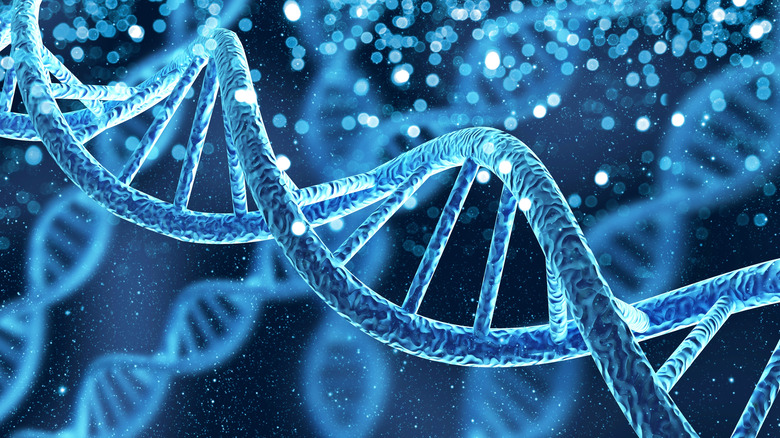Why Do Women Get Periods When Most Animals Don't?
About every 21 to 35 days most women of child-bearing age will have a period. During a space of about two to seven days, they will shed their uterine lining in a process called menstruation, according to the Mayo Clinic. This monthly sloughing off of the uterine lining, which is composed of blood and tissue, begins at about age 12 and continues until women go through menopause at around the average age of 51, says the National Health Service (NHS).
The Mayo Clinic explains that women go through a menstrual cycle each month. This cycle involves hormonal fluctuations that cause the uterine lining to build up inside the uterus in preparation for a potential pregnancy. The lining exists to provide a place for a fertilized egg to implant and develop into a baby. However, if no pregnancy occurs, the lining is shed through the vagina as a period.
While periods are an expected part of life for the majority of women, this is not the case for most other female mammals, says Forbes. In fact, only higher primates and some bats will go through the same monthly bleeds that humans do. So, why did we evolve to have periods even though it's clearly not the norm for most animals?
This might be why women evolved to have periods
University of Edinburgh Science Media explains that having periods appears to be a wasteful process that uses a lot of energy. This means that there must be an advantage to it that has caused us to evolve this way. One reason might be so that defective embryos can be expelled from the uterus rather than continuing to develop into a non-viable pregnancy. Human embryos are particularly prone to genetic abnormalities. Endometrial cells may be able to detect abnormal activity and cause the embryo to be lost as a miscarriage.
YOU KNOW further explains that human fetuses are different from other mammals in how they connect to the mother. Horse, pig, and cow embryos lie directly on the lining, while dog and cat embryos grow a little further into it. Human embryos, however, burrow all the way through the lining and link up with the mother's blood supply. The reason for this is unknown but Dr. Suzanne Sadedin, who received a Ph.D. in Evolutionary Biology from Monash University, writes via Quora that it might be that humans have relatively large brains that need more energy for optimal development.
Although most mammals can simply remove the embryo or absorb it, humans cannot safely do this. Having menstrual bleeds that shed the entire lining, along with any embryo before the connection to her blood supply has been made, offers an escape hatch so that undue energy is not expended on an unhealthy baby.


